To honour the dead and as a warning to the living. In memory of the Jews deported from Germany, Austria and Czechia, who from December 1941 to June 1942 died from hunger, cold and inhumanity and have found eternal rest in the Salaspils forest.
This is just one of so many tragically beautiful places in Europe serving as a reminder of the horrors of Nazism. The stark towering sculptures memorialize this former Nazi prison camp with a mix of sadness and strength. It's tragic what some extreme ethno-nationalists have done and continue to do to "other people" for being different.
Salaspils camp was established at the end of 1941 18 km (11 mi) southeast of Riga, Latvia. The Nazi bureaucracy drew distinctions between different types of camps. Officially, it was the Salaspils Police Prison and Re-Education Through Labor Camp. In 1943, Heinrich Himmler briefly considered converting the camp into an official concentration camp, which would have formally subordinated the camp to the National Security Main Office, but nothing came of this. The camp has had a lasting legacy in Latvian and Russian culture due to the severity of the treatment at the camp, especially with regard to children.
About 12,000 prisoners went through the camp during its existence. About 2,000 people died due to illness, heavy labour, executions, epidemics, etc.
In 1967 a Memorial of the Salaspils Police Prison was established in Salaspils, which included an exhibit room, several sculptures and a large marble block by architects Gunārs Asaris, Ivars Strautmanis, and Oļģerts Ostenbergs. In 2004, thanks to a donation by Larry Pik, a former prisoner at the Salaspils concentration camp, a separate monument to commemorate foreign Jews who died there was erected.








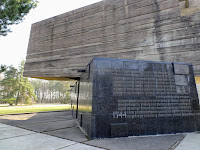



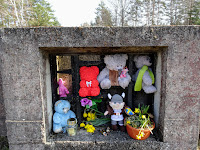
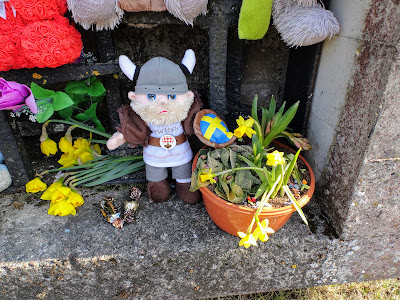



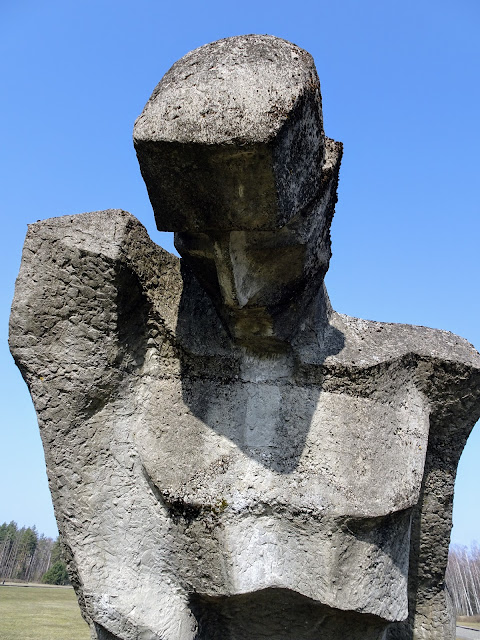



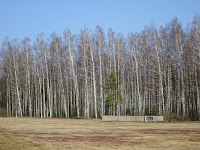








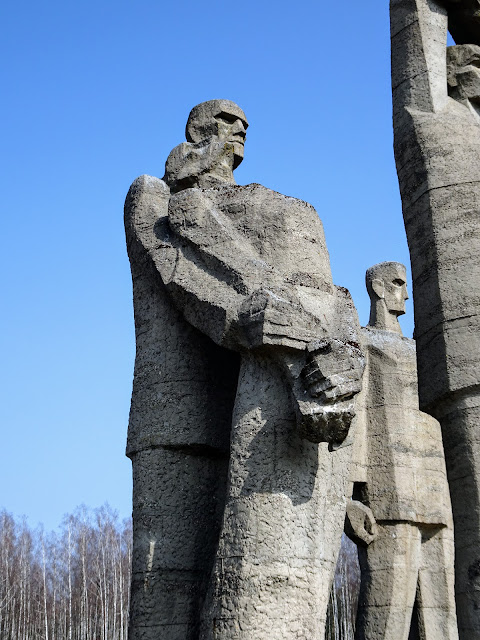


















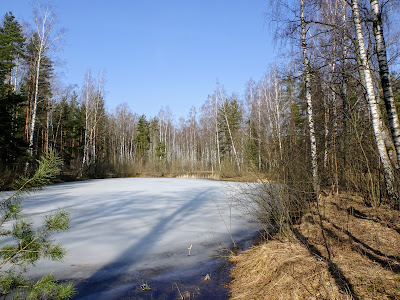















No comments:
Post a Comment